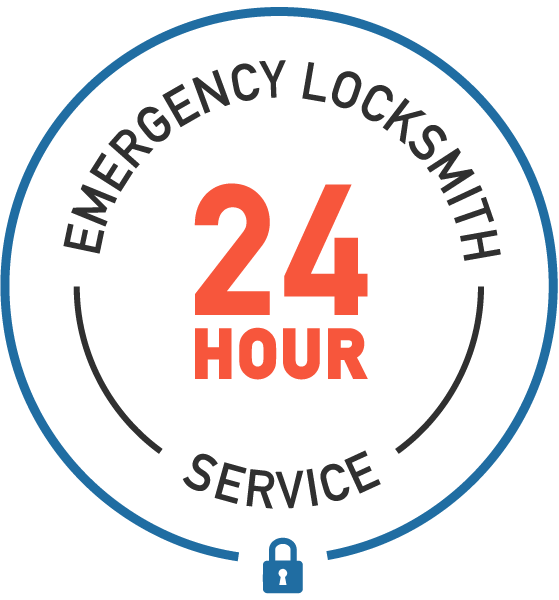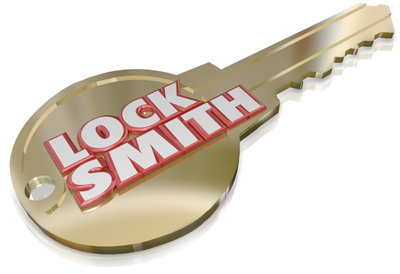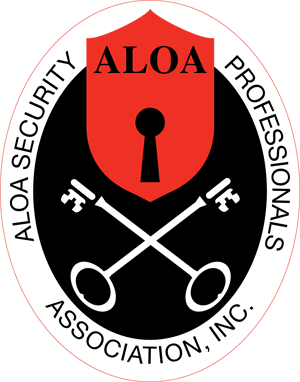Questions to ask when buying a safe.
What am I trying to protect? Cash, Family Photos, CDs, Precious Metals?
How much protection is required? 1. Dollar value? and or 2. Sentimental value?
Do I need to consult with my insurance company regarding the “rating” of my safe? TL15, TL30, Burglary, Fire, etc….?
Safe Construction Choices
Safes are rated and good safes will have a ULC or UL label that describes fire, tool, and or torch resistance.
Basic Safe: Hotel style privacy safe is designed for minimum security and should be fastened to a floor or wall to safe guard against minimal attack force. They provide good protection against children, teenagers, and domestic workers N.B. These safes are not fire rated.
Fire Rated Safes: Safes that are fire rated are constructed with sheet metal shrouding fire resistant material; they are designed to protect contents (paper) against temperatures up to 451º Fahrenheit for periods of time specified by the safes UL label rating: 1HR, 2HR or 3HRS. The weight and capacity of these safes vary depending on their rating (wall thickness). Like hotel and other basic safes, fire safes provide minimal protection against forced entry.
Media Safes: Media safes are built to protect “media”, such as CDs, cassettes, VHS, USB drives, DVDs, etc…, against fire. These are specialty products that are almost always aquired due to insurance requirements. Data safes protect contents from temperatures up to 195 º Fahrenheit for specified time periods and require very thick walls, limited volume capacity, and are extremely heavy; so much so that businesses choose to store data offsite at UL listed facilities that rent protected space. All these extra measures are necessary because media spoils at a much lower temperature than paper burns.
Burglary Rated Safe: The rating on safes for burglary protection is based on a safe’s penetrability by tool, for example drill/saw or torch attacks. The standard consumer B rated safe will have 3/8” plate steel on all sides with hard plate shrouding the lock mechanism for drill attacks. The lock will be a UL listed group 2 dial or push button lock. In addition many B rated safes will have spring loaded re-lockers attached to glass plates designed to fire in the event of attempted forced entry.
Fire Burglary Safes: The fire burglary class safes are built to meet standards for fire and burglary protection, including all the features of both safe types. The burglary fire safes have much thicker perimeters; this is because heat contracted by 3/8” plate steel requires greater volumes of fire resistant material to dissipate heat over specified time periods. Consumers should refer to specification charts when choosing the correct safe for their requirements and be mindful of the limitation of their buildings structural capacity. Stairs and floors must be capable of supporting a safes weight and size for delivery and installation.
Classified Safes: Safes that have classification labels may be described as class I, II, III, or IV or variously described as TL15, TL30, TL45, TLTR15 etc.. These classifications describe a design standard for increasing protection from fire and or burglary attack. Consumers will frequently be advised by insurance carriers as to the requirements based on the insurable contents of their safe. Choose a safe vender who understands these standards and can properly direct you. Also keep in mind that moving larger safes can add hundreds or even thousands of dollars to the final price.
Please browse the safe section our website or visit our Toronto showroom on Yonge Street to see various safes that fall into these categories.





